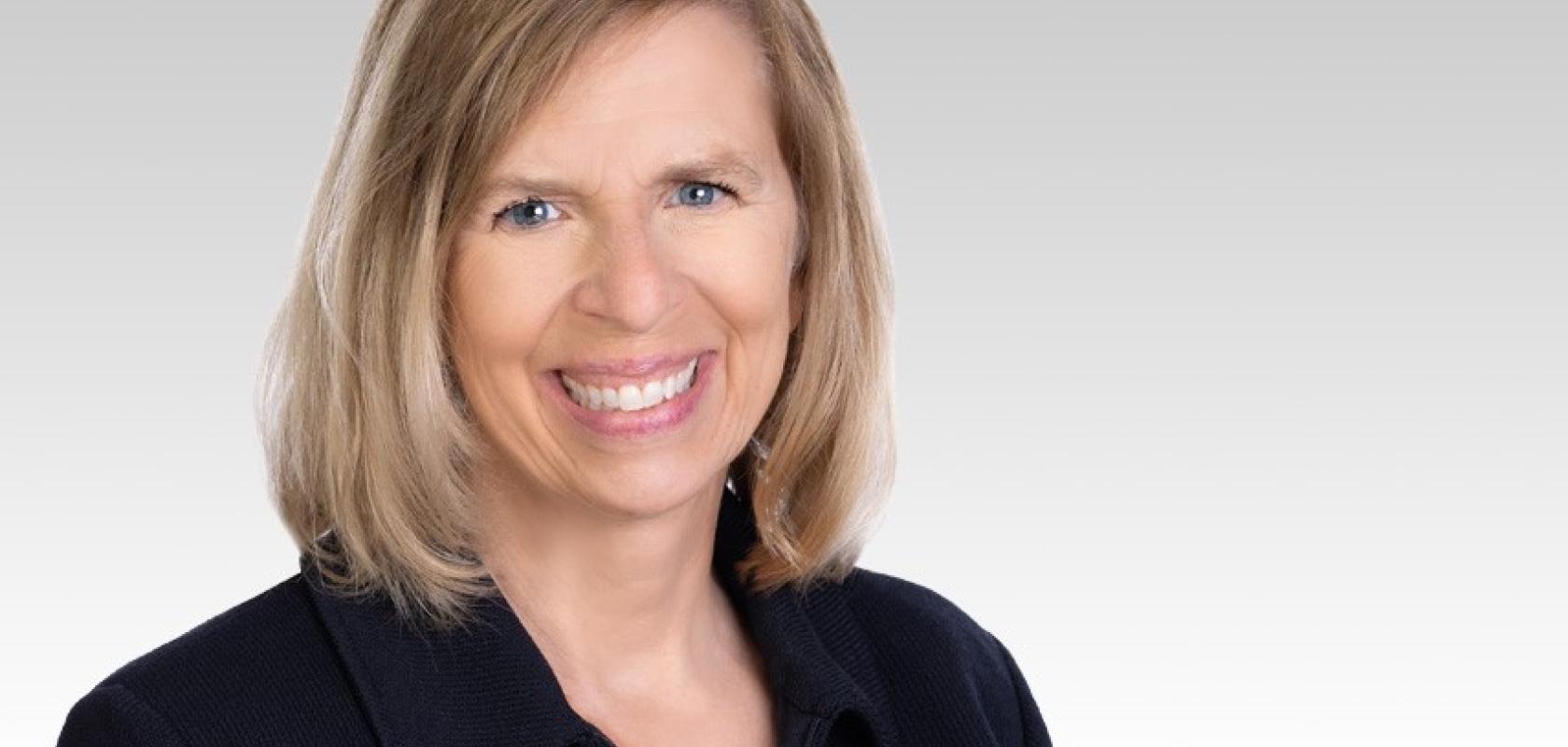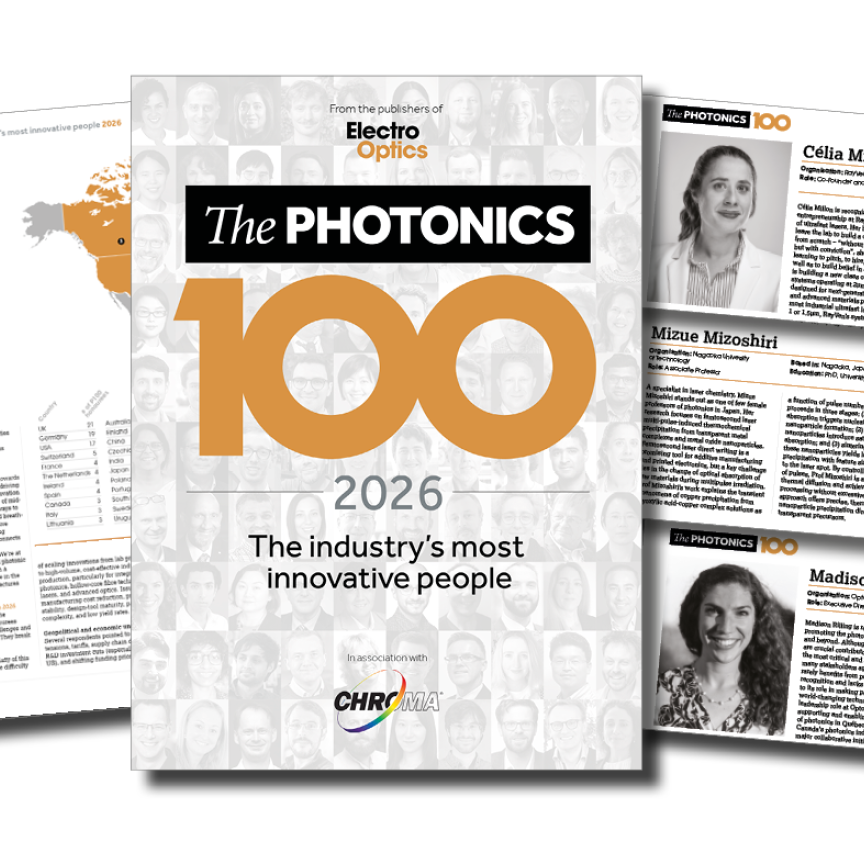With nominations underway for The Photonics100 – our list of the industry’s top innovators in association with our sister title, Electro Optics – Fibre Systems spoke to previous honoree Julie Sheridan Eng, Chief Technology Officer at Coherent about the future of her work in photonics for optical communications and sensing.
What is the next big thing in your area of photonics research?
I’ve been involved primarily in fibre optic communication and 3D sensing areas in the most recent years. Datacom is moving from 100G/lane to 200G/lane and from 400 to 800 Gb/s to 1.6Tb/s modules. These advances are driving innovation in optical components such as GaAs vertical-cavity surface-emitting lasers (VCSELs), InP directly modulated lasers (DMLs), InP electro-absorption modulated lasers (EMLs), InP CW lasers, InP modulators, and silicon photonics modulators, as well as InP and SiGe detectors.
On the sensing side, customers are interested in multi-junction lasers for increased output power-per-die size area. This requires new long-wavelength VCSELs or edge-emitting lasers, as well as sensors. There is starting to be significant interest in optical components for augmented reality and virtual reality, and those components often have different requirements than other forms of sensing, so that will drive some new innovation.
And, there is a need for optical components in automotive for in-cabin sensing and for lidar, which have different requirements as well. Also, there is interest in SWIR (shortwave infrared) imaging around 1300nm. Finally, in order to decrease cost, complexity, and size in both communications and in sensing, diffractive optics and wafer-scale optics are being deployed. All of these devices and components require advances not only in device physics and design to meet performance and reliability, but also in fabrication capability to make them manufacturable at the needed volume and cost targets.
What do you think the biggest challenges in your area will be over the next year?
In datacom, one of the biggest challenges will be making the advances needed in optical components on the timeline the industry needs them. These are serious physics advances to get to 200Gb/s. I can remember when people were saying they didn’t think a VCSEL could operate above 10Gb/s, or a DML above 20Gb/s. There were also a lot of non-believers that EMLs could achieve uncooled performance, which has since been demonstrated. So, we are already achieving speeds and performance that people thought unachievable just a few years ago. But we need to keep innovating at a dramatic pace to keep up with the growth in bandwidth demand.
On the sensing side, the goal will be to have competitive products in the consumer, AR/VR, and automotive space. One significant challenge for sensing is that, unlike communications, there are no standards. So, every opportunity is a custom opportunity that must be prioritised given a limited amount of resources. In a bigger-picture sense, the general macroeconomic situation could impact demand, component pricing, and customers’ willingness to invest in new technology.
What is the biggest personal challenge you have overcome?
One of the biggest challenges I faced was about five years ago, when I was asked to run Finisar’s 3D sensing business. I had worked for 20-plus years in datacom and was very comfortable with the technology and the customers. I could make good decisions based on my experience. I was well known and I believe I was trusted within the industry. Although the move to 3D sensing is not that different -- it was within the same company, and still used lasers, detectors, integrated circuits, and optics -- the customer base was different, the products were different, and the scale was different. I knew it would be a big challenge, and it was.
First, I felt I had to learn enough about the technology, and the products our technology was used in, to make sure we were making the right investment decisions. Then, I had to start completely from scratch with the customers, where I didn’t know anyone and they also didn’t know me. It was a new area, so even our company was not that well known or established in that space. We also had to ramp our internal manufacturing capability to volumes we had not previously demonstrated, which was another challenge. And the consumer market just has a completely different pace than the communications market. Overall, in the end, we were able to make it a success, and we’re now one of the leaders in lasers for sensing, which I’m very proud of. But it was indeed very challenging.
What advice would you give to someone embarking on a career in photonics research?
I would give a lot of thought to what type of photonics I would want to do. For myself, I might be interested in trying biophotonics as a career – it’s an interesting area and will have longevity for the future. I like the idea that there are medical and health implications, and the work that you do may directly help people.
Who has been the biggest help to you in your career?
I have worked with and been helped by many people in this industry. I had the great fortune to work with both Jerry Rawls at Finisar and Chuck Mattera at AT&T, II-VI, and now Coherent. Jerry was co-founder and CEO of Finisar, and with his support I was able to grow to run datacom engineering for the company. I learned from Jerry about focusing on customers, and with his support, during that time, we were able to demonstrate many industry firsts and release many products to production.
I met Chuck Mattera over 30 years ago when I received a fellowship from AT&T Bell Labs for graduate school. After graduate school, I worked for AT&T/Lucent/Agere for eight years and I learned a lot about technology and about making real products. Almost 20 years later, II-VI acquired Finisar and now I am working for Chuck again, first as a general manager of a business unit, and now more recently as CTO of Coherent. I have learned a lot from him and have appreciated his mentorship and support.
And, of course, I have had significant help from my husband, Lars Eng. We both have big jobs, and there is no way either of us could have achieved what we’ve achieved in our careers without the support of the other.
Who, in your opinion, are the up-and-coming R&D ‘rock stars’ in your area or organisation?
We have a lot of great technical people in our organisation. We have some of the world’s most experienced GaAs VCSEL and InP laser and detector designers. Our Järfälla, Sweden, team just showed a 200G/lane EML, and our coherent team just won the Exhibition Industry Award for optical integration for their QSFP-DD ZR module, both at the European Conference on Optical Communication (ECOC). More broadly, we have experts in almost every type of laser and many materials systems.



